Vietnam World Heritage Sites
Vietnam is a country of tourism. From the North to the South, any province has its own advantages to attract visitors. Among thousands of interesting places in Vietnam, there are several World Heritage Sites recognized by UNESCO, and these Heritage Sites help Vietnam a lot in earning tourists through years.
- 1. Ha Long Bay - UNESCO World Heritage Site listed in 1994
- 2. Phong Nha-Ke Bang - UNESCO World Heritage Site listed in 2003
- 3. Hue Complex of Monuments - UNESCO World Heritage Site listed in 1993
- 4. Hoi An Ancient Town - UNESCO World Heritage Site listed in 1999
- 5. My Son Sanctuary - UNESCO World Heritage Site listed in 1999
- 6. Thang Long Imperial Citadel - UNESCO World Heritage Site listed in 2010
- 7. Ho Dynasty Citadel - UNESCO World Heritage Site listed in 2011
Vietnam is a remarkable destination for tourism, offering unique attractions in every province from North to South. With numerous noteworthy locations to explore, the country boasts 7 UNESCO World Heritage Sites which play a significant role in attracting tourists over the years.
Ha Long Bay - UNESCO World Heritage Site listed in 1994
Recognized as a UNESCO World Heritage Site in 1994, Ha Long Bay has established itself as a premier travel destination, growing in fame post-recognition. The bay features 1,969 islands, each with distinct characteristics, set against a backdrop of stunning, serene waters. An ideal time to visit Ha Long Bay is in May during the annual Ha Long Carnival, an event that draws both local and international visitors.
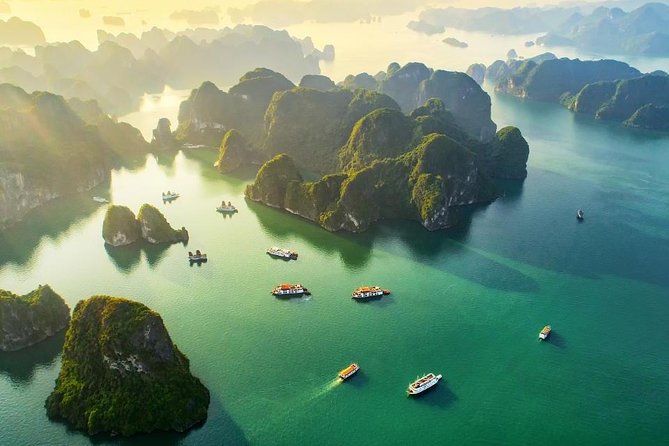 Photo: viator.com
Photo: viator.com
Phong Nha-Ke Bang - UNESCO World Heritage Site listed in 2003
Phong Nha-Ke Bang National Park, although more recent than Ha Long Bay, offers its own unique appeal. It is home to the world's largest cave and the longest underground river, alongside diverse rock formations and rich biodiversity. The park gained further attention with the discovery of Son Doong Cave, known as the largest cave globally, which has become a popular destination for adventurers and explorers.
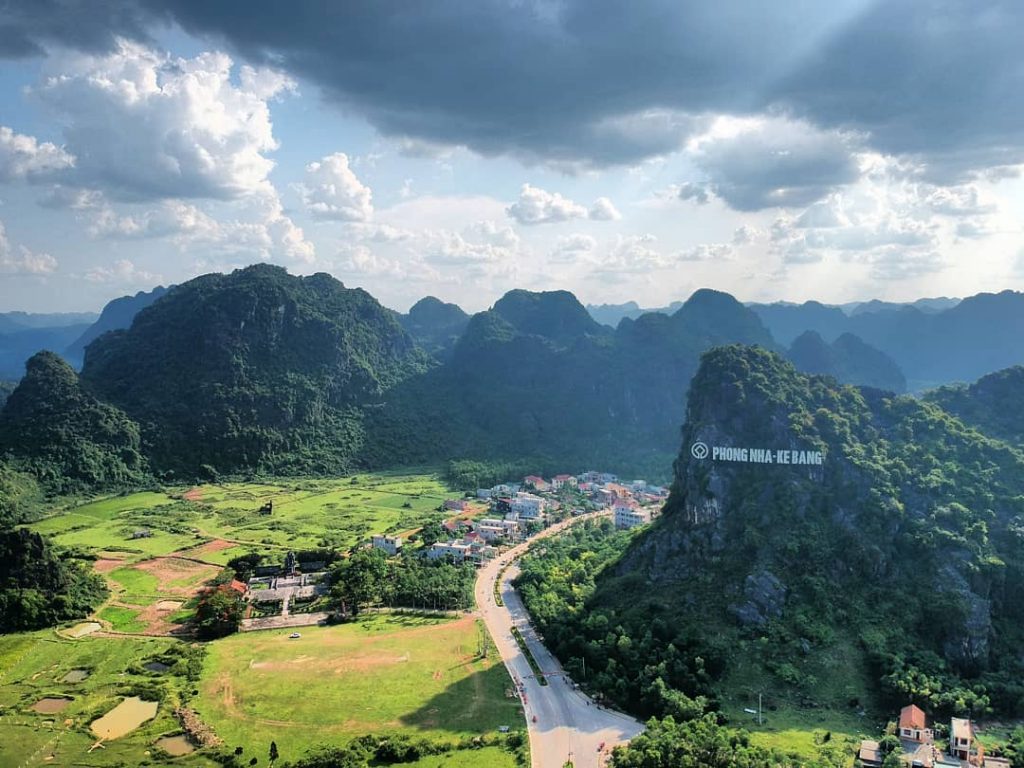 Photo: phongnhaexplorer.com
Photo: phongnhaexplorer.com
Hue Complex of Monuments - UNESCO World Heritage Site listed in 1993
The Complex of Hue Monuments encompasses various elements of Vietnam's royal heritage from the Nguyen dynasty. This magnificent site features the Imperial City (Hoang Thanh Hue), including iconic structures such as the High Noon Gate (Ngo Mon) and the tombs of several Nguyen emperors. A visit to Hue is incomplete without immersing oneself in the historical richness of its citadel and tombs.
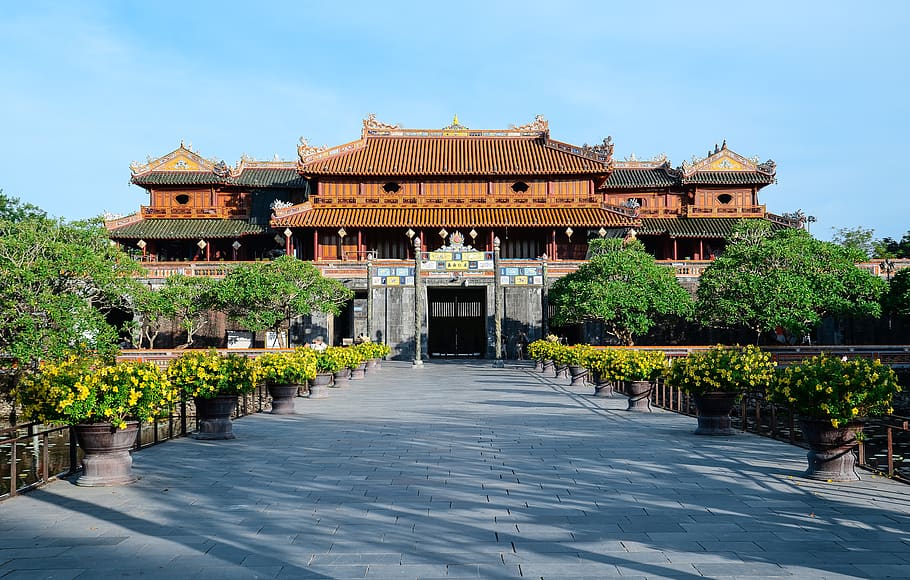 Photo: hue360.net
Photo: hue360.net
Hoi An Ancient Town - UNESCO World Heritage Site listed in 1999
Hoi An Ancient Town is celebrated for its rich Chinese and Japanese architectural influences, handmade crafts, and the stunning Full Moon Festival (Trung Thu), the country's most vibrant festival. Visitors are drawn to attractions like the Japanese Covered Bridge and several traditional Chinese Assembly Halls. As a thriving trading port in the 16th and 17th centuries, Hoi An has remarkably preserved its historical characteristics, showcasing family shrines, community spaces, and colorful pagodas.
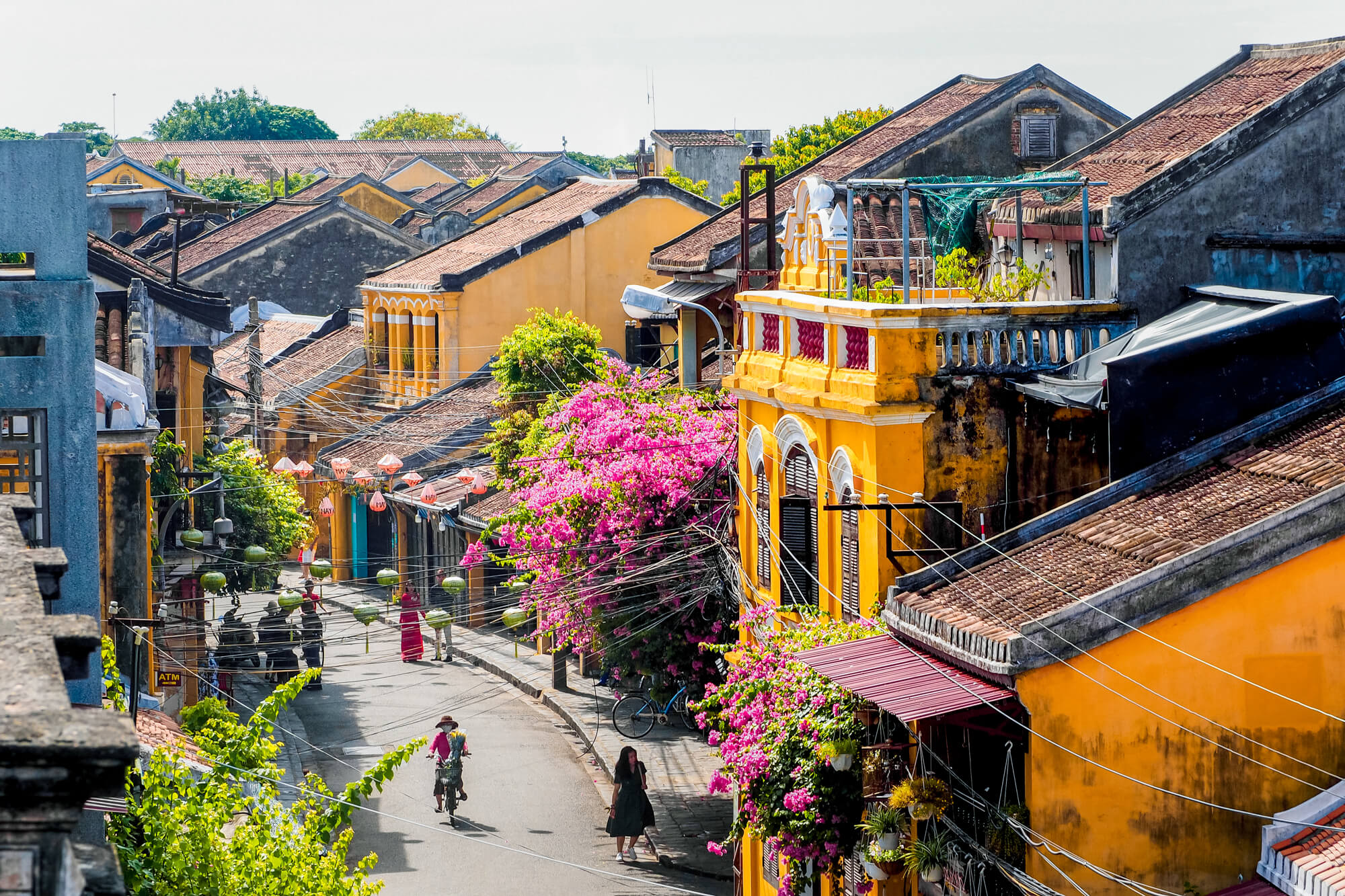 Photo by: @Hang Nguyen Thanh
Photo by: @Hang Nguyen Thanh
My Son Sanctuary - UNESCO World Heritage Site listed in 1999
My Son Sanctuary consists of approximately 70 Hindu temples and tombs, erected by the Champa Kings between the 4th and 14th centuries AD. These temples served as sacred sites for the royal family to honor their ancestors and deities. Surrounded by lush nature, My Son offers a mesmerizing experience to all who visit this historical site.
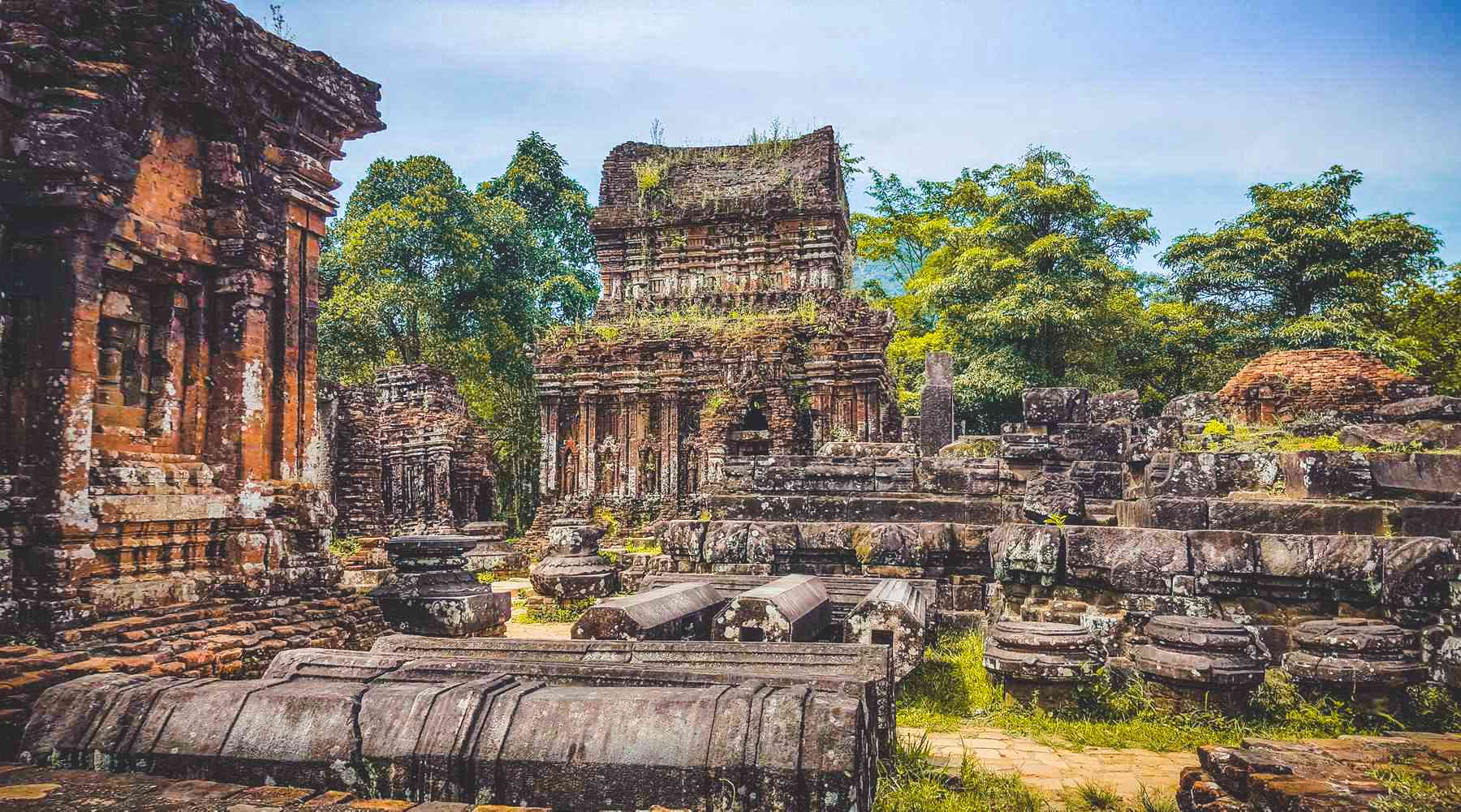 Photo: taptrikientruc.vn
Photo: taptrikientruc.vn
Thang Long Imperial Citadel - UNESCO World Heritage Site listed in 2010
Declared a UNESCO World Heritage Site in 2010, the Thang Long Imperial Citadel has stood in Hanoi since the 11th century, following the relocation of the capital by Ly Thai To. The citadel served as the residence for several royal dynasties including the Ly, Tran, and Le Dynasties, and remains one of Vietnam’s most significant historical sites.
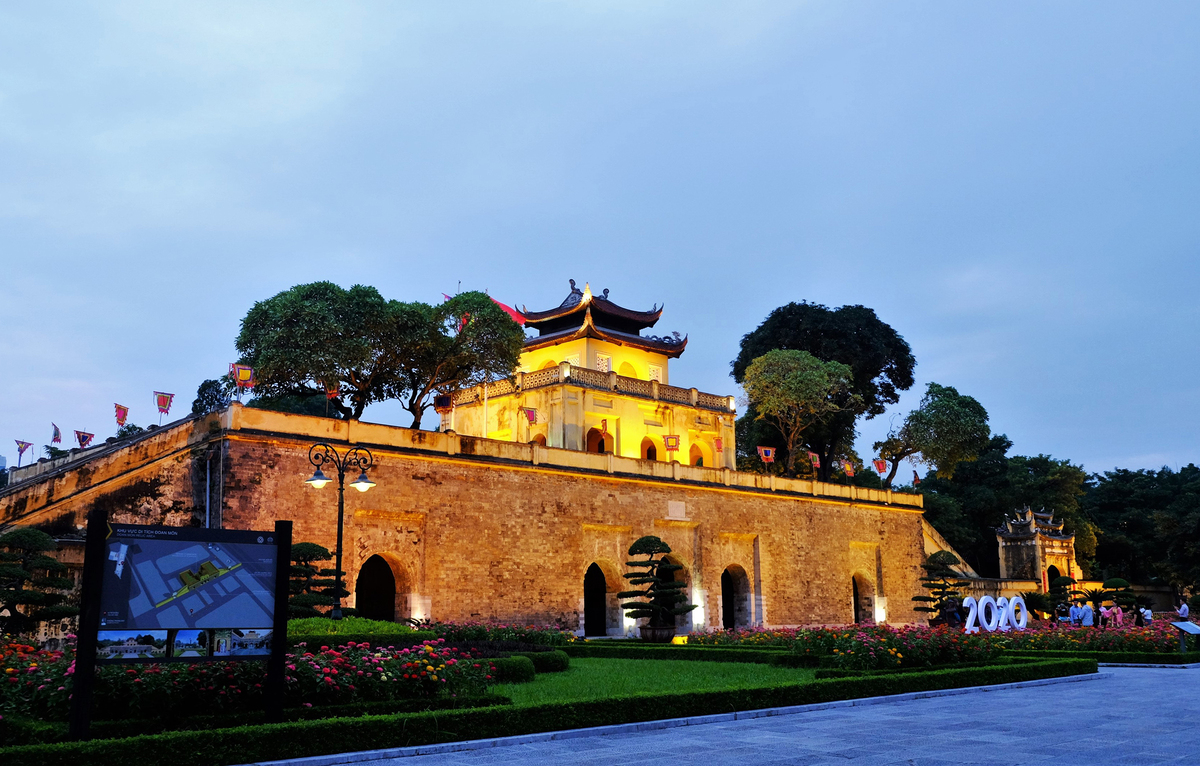 Photo: vnexpress.net
Photo: vnexpress.net
Ho Dynasty Citadel - UNESCO World Heritage Site listed in 2011
Located in Thanh Hoa province, the Ho Dynasty Citadel is Southeast Asia's only ancient stone citadel, constructed in 1397. Its unique architecture features massive stone blocks, some weighing over 20 tons, reflecting the engineering prowess of the period. Archaeological finds within the fortress include cannonballs, attributed to Ho Nguyen Trung, an early inventor of artillery.
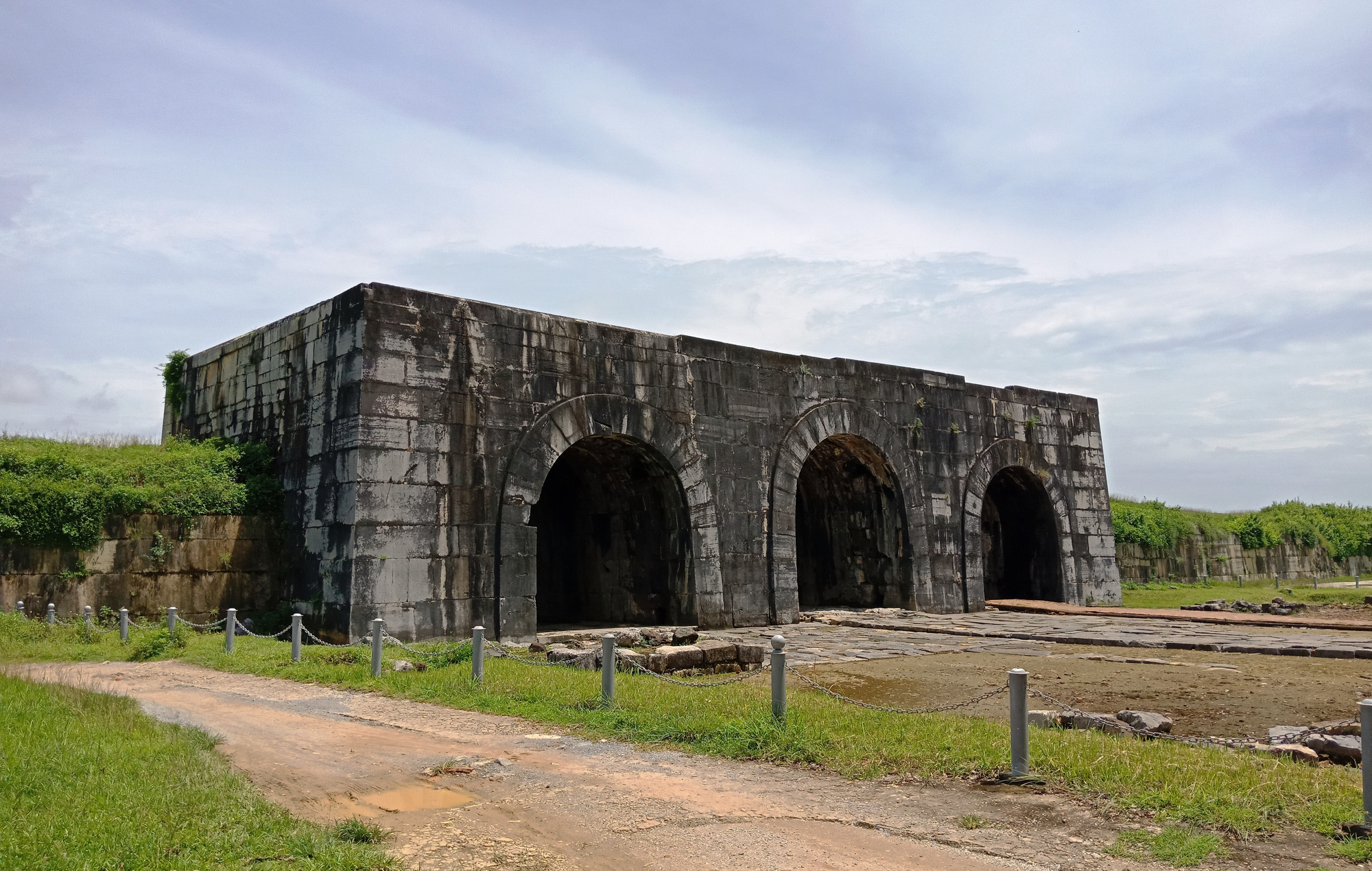 Photo: nld.com.vn
Photo: nld.com.vn
In addition to these 7 World Heritage Sites, Vietnam is home to a range of UNESCO-recognized intangible heritages:
- Hue Royal Court Music - recognized as a World Oral Heritage Treasure in 2003
- Tay Nguyen Gong Music - recognized as a Masterpiece of the Oral and Intangible Heritage of Humanity in 2005
- Bac Ninh Alternate Singing - recognized as Intangible Cultural Heritage in 2009
- Ca Tru Singing - recognized as Intangible Cultural Heritage in 2009
- Xoan Singing - recognized as Intangible Cultural Heritage in 2011
Additionally, numerous locations in Vietnam hold the designation of UNESCO Biosphere Reserves, including Can Gio Mangrove (2000), Cat Tien National Park (2001), Mui Ca Mau (2009), and Cham Island (2009).








